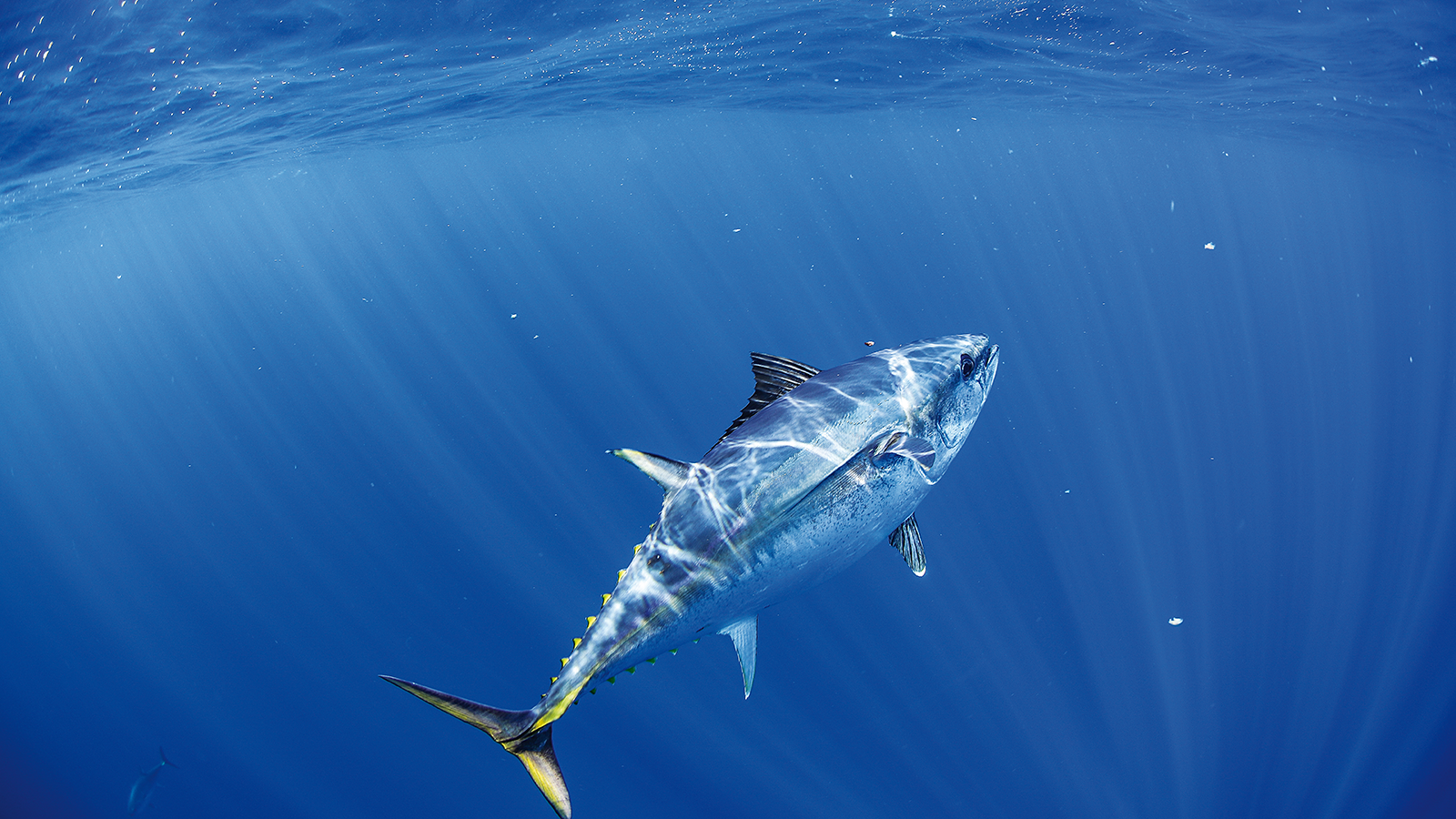This study will provide a better understanding of the importance of scale relationships between benthic habitat, oceanography, and biology and their independent and interactive impact on larval dispersal, settlement and productivity in the Victorian blacklip abalone Haliotis rubra, and southern rock lobster Jasus edwardsii fisheries. Understanding the scale of these relationships is critical for spatial management in determining the sharing of responsibility between Government as the regulator and Industry as the lead for the implementation of voluntary and appropriately scaled management strategies.
Population dynamics, habitat availability, complexity, and physiography determining dispersal, settlement, survivorship and growth need to be considered in order to understand the primary drivers of productivity on local geographical scales, and the resilience of fishing stocks to fishing pressure and threats associated with environmental change, including pests and disease. Importantly, and pertinent to species such as southern rock lobster with prolonged planktonic larval phases, understanding these dynamics on broad spatial and temporal scales will assist in determining the dependency of Victorian fisheries on interstate recruitment sources.
These factors will be explored using a multidisciplinary approach involving geospatial, oceanographic and biophysical modelling, and genomic technologies providing industry with a framework for guiding future management decisions. Outputs from this study will provide industry with data and guidelines for assessing the resilience or vulnerabilities of specific fishing stocks to overharvesting or environmental disturbance, and the potential for natural replenishment in the event of stock depletion. Ultimately this will help guide where stock restoration and enhancement activities are needed to catalyse recovery, or where reef closures may be beneficial for recovery.







